Introduction
In the age of digital transformation, the convergence of technology and agriculture is reshaping the way we farm. Precision farming, empowered by the Internet of Things (IoT), is ushering in a new era of agriculture that promises increased efficiency, sustainability, and productivity. This article explores the marriage of smart homes and farming, showcasing the strategies and benefits of web-enabled precision farming.
The Role of IoT in Precision Farming
Precision farming relies heavily on IoT technologies. Through a network of sensors, drones, and smart machinery, farmers can monitor and control various aspects of their operations remotely. This real-time data collection and analysis enable them to make data-driven decisions, optimize resource utilization, and reduce waste.
Smart Homes as Farming Hubs
Smart homes act as central hubs for precision farming operations. IoT devices within smart homes are connected to field sensors and control systems, allowing seamless data exchange. For example, smart irrigation systems can be programmed to water crops only when necessary, reducing water consumption and promoting sustainability.
Data-Driven Decision Making
The heart of precision farming is data. IoT sensors continuously collect data on soil conditions, weather forecasts, crop health, and more. This data is then processed, providing farmers with invaluable insights into their operations. With this information, farmers can adjust planting and harvesting schedules, leading to improved yields and resource conservation.
Reducing Environmental Impact
IoT’s integration into agriculture promotes sustainability by reducing the environmental footprint. Remote monitoring and control of equipment ensure efficient operation, while energy consumption can be tracked and minimized. This green approach benefits both the environment and the farmer’s bottom line.
Remote Monitoring and Management
Farmers can now oversee their operations from afar. Whether it’s regulating greenhouse temperatures or monitoring security cameras, remote capabilities offer convenience and peace of mind. Alerts and notifications on smartphones enable swift responses to emergencies, such as equipment malfunctions or security breaches.
Challenges and Future Prospects
While IoT has revolutionized agriculture, it’s not without its challenges. Security and data privacy concerns are paramount, requiring farmers to invest in robust cybersecurity measures. Additionally, not all farmers have equal access to the necessary technology and expertise, posing a barrier to widespread adoption.
Looking ahead, the future of precision farming with IoT is promising. Advances in sensor technology, machine learning, and the expansion of rural internet connectivity will further enhance IoT’s capabilities in agriculture, making precision farming more accessible and efficient.
Conclusion
The integration of IoT into agriculture through smart homes is revolutionizing the farming landscape. Precision farming promises increased yields, resource efficiency, and sustainability. As technology continues to advance, the concept of web-enabled harvest is poised to become a cornerstone of modern, efficient, and eco-friendly agriculture. Embrace the future of farming with IoT and smart homes for a web-enabled harvest like never before.
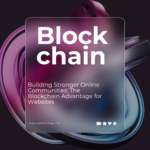
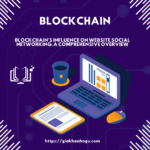





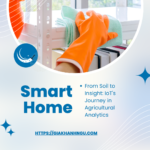


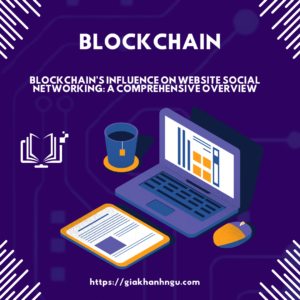
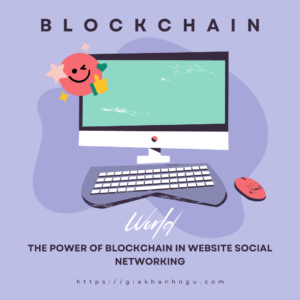

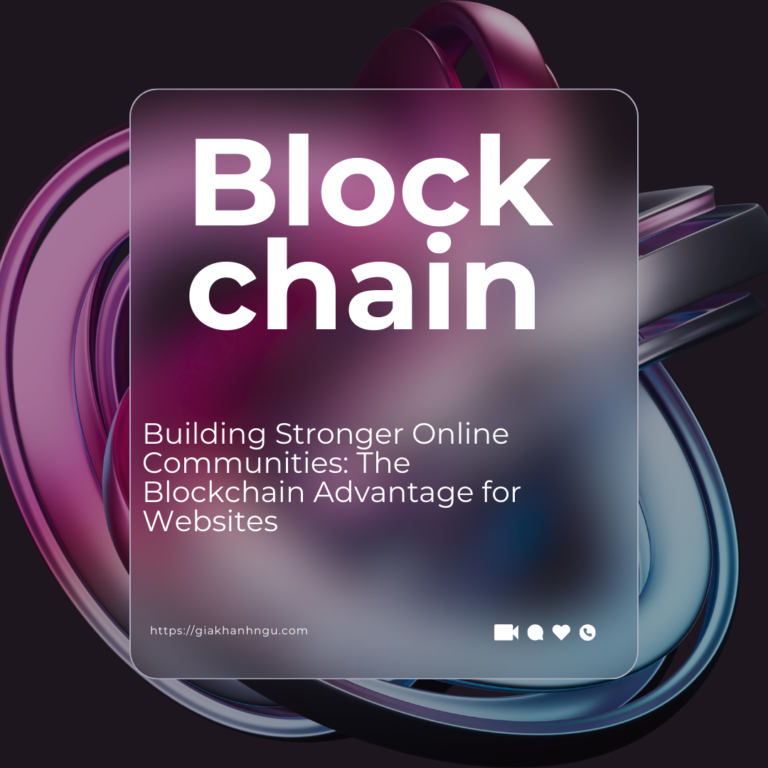


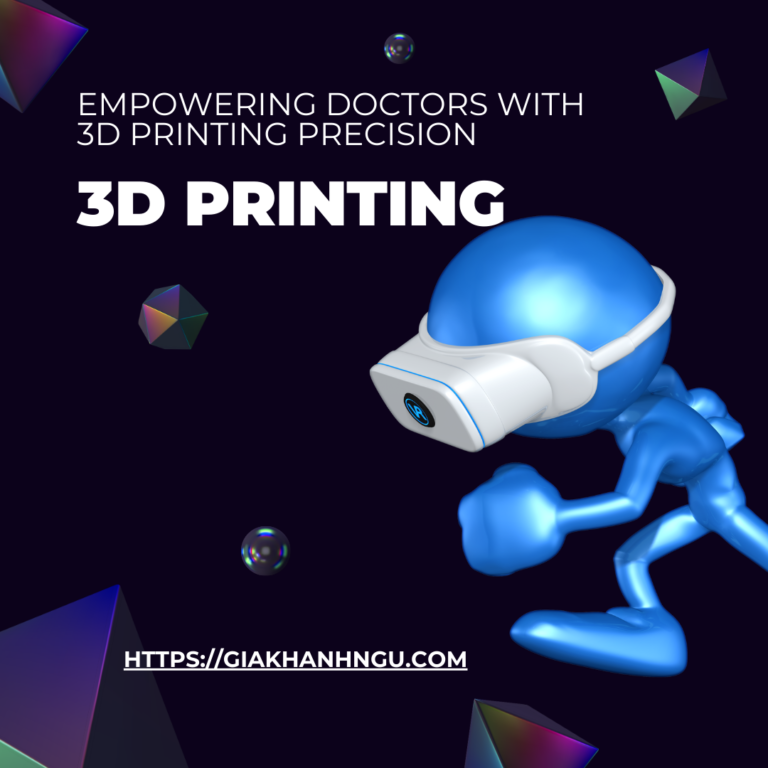



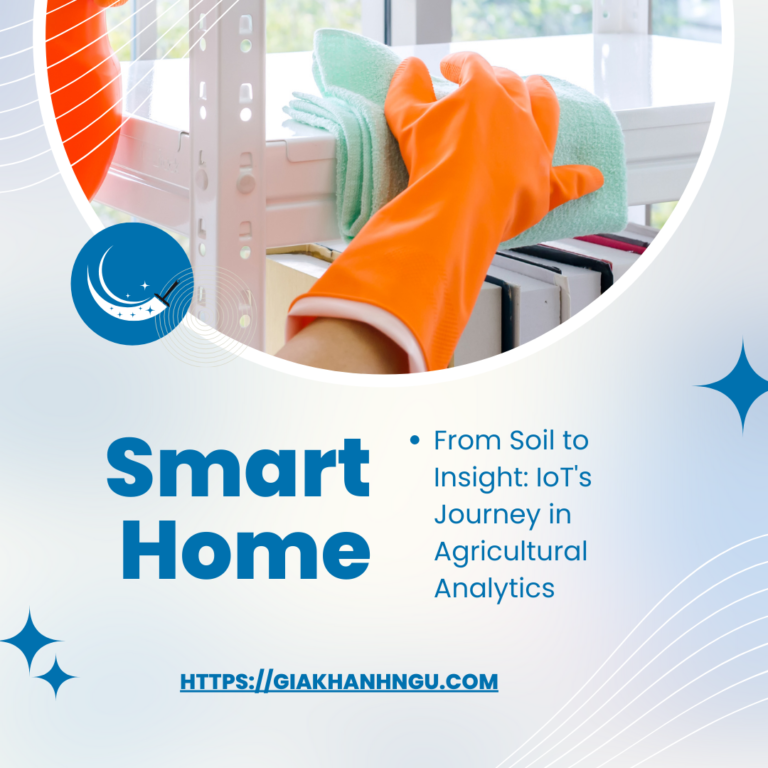
+ There are no comments
Add yours